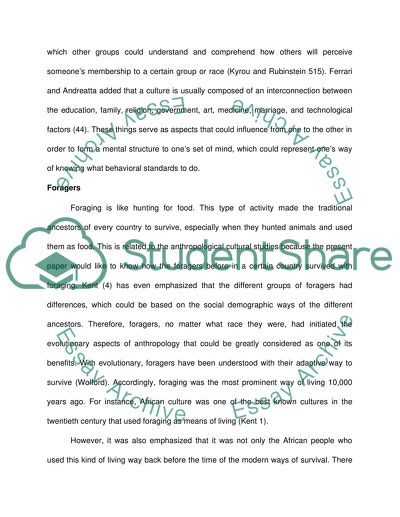Cite this document
(“Culture of anthropology: foragers and cultivators Research Paper”, n.d.)
Retrieved from https://studentshare.org/anthropology/1402623-what-is-culture
Retrieved from https://studentshare.org/anthropology/1402623-what-is-culture
(Culture of Anthropology: Foragers and Cultivators Research Paper)
https://studentshare.org/anthropology/1402623-what-is-culture.
https://studentshare.org/anthropology/1402623-what-is-culture.
“Culture of Anthropology: Foragers and Cultivators Research Paper”, n.d. https://studentshare.org/anthropology/1402623-what-is-culture.


